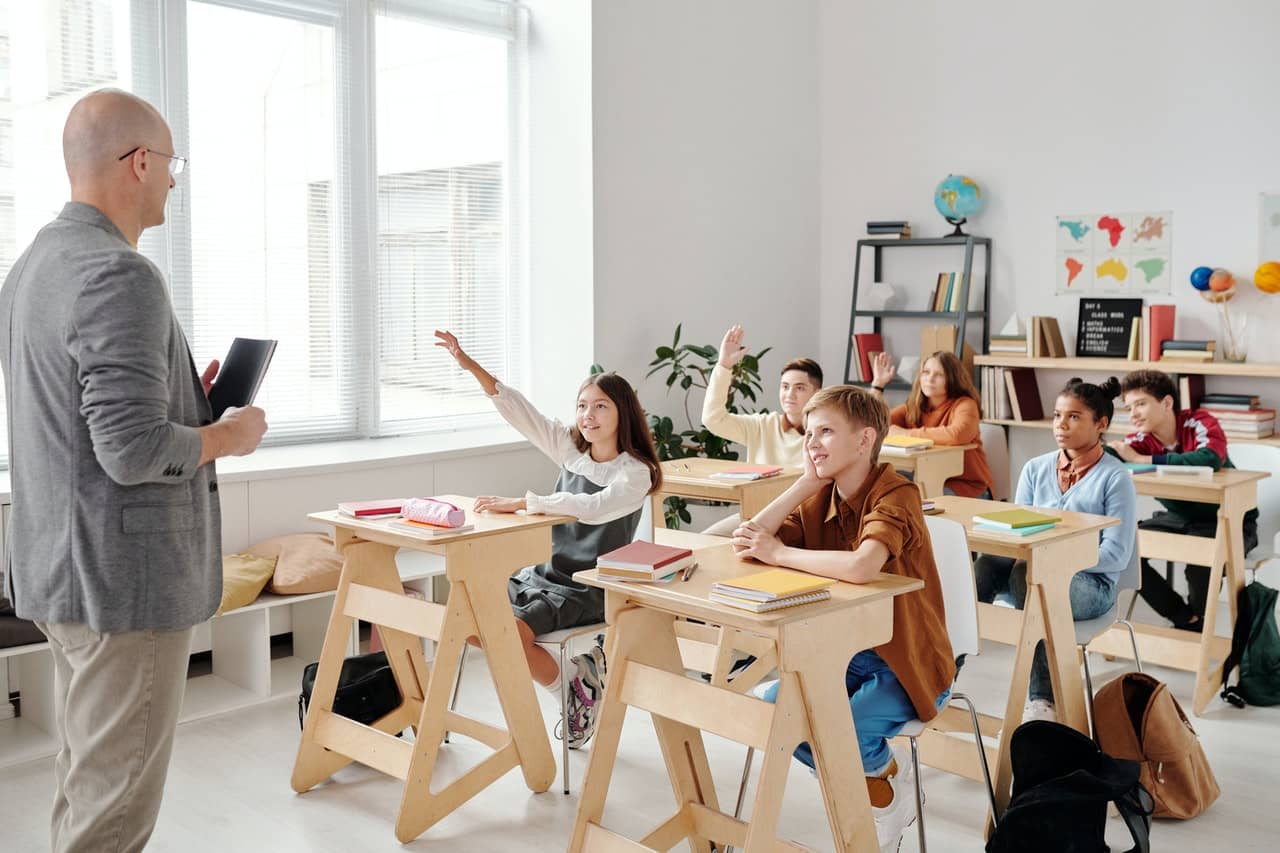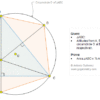We seem to be at a crossroads in education. Many educators and parents are waking up to the notion that the traditional educational system is no longer a good option to prepare today’s kids for an unpredictable future.
Educators are calling for a shift from the conventional “fill and drill” method used by many schools and urging schools to move toward individualized education that focuses on critical thinking, problem-solving skills, and metacognition.
The public education system moves slowly, and while those in power are working to shift the system, many parents aren’t willing to wait. They want their kids to have the best education as early as possible, especially since the early years are some of the most important for learning.
Table of Contents
New Types of Schools
As a result of these shifts, many trail-blazing educators are creating new schools that respond to changing perspectives, new research, and student needs. One such type of school is the microschool.
What Are Microschools?
Microschools are such a new concept that there isn’t a precise definition yet. Some have described them as a revival of the one-room schoolhouse. Students of multiple ages learn in the same classroom, often with only one or two teachers.
As the name implies, microschools are much smaller than public and private schools. While some microschools can have up to 150 students, most have fewer than 20. There’s an emphasis on small class sizes with low teacher-to-student ratios.
Another of the main features of microschools is that they’re highly individualized. The curriculum is designed to meet students’ needs and interests. It accommodates a variety of learning styles and gives students and parents a much larger role in the child’s education.
Covid-19 and Microschools
Microschools have been around much longer than Covid-19. Many people think that these schools are new, but microschools go back to the 1980s. However, microschools have grown in popularity in the last year because so many parents are looking for alternatives to virtual or hybrid schooling.
Many families set up a microschool with a pod of kids to avoid exposure to an entire classroom. There are usually one or two teachers who introduce new materials and help kids finish the work. For some of these families, microschools are a temporary solution to the Covid-19 problem, but many families are realizing the many benefits of microschools.

How Do Microschools Differ From Other Types of Schools?
There are quite a few differences between microschools and other types of schooling.
Public and Private School
Microschools are much less formal and organized than public and private schools. Students aren’t segregated by age or grade, and there’s less focus on standardized testing.
Microschools are more student-guided whereas, in conventional schools, the students have little power in deciding what they’ll learn.
Homeschool
In a homeschool setting, the students learn with a parent, who may or may not be a certified teacher. They usually follow programs designed for homeschoolers or complete work online. In some cases, homeschool lessons only take a few hours each day.
Homeschool Co-op
Homeschool co-ops are groups of families who meet regularly, but not every day, for different purposes. They may allow students opportunities to do group projects or simply to spend time with other kids outside of their families.
However, there’s no formality in these groups, and they typically aren’t run by professional educators.
Learning Pods
Learning pods and microschools are often used interchangeably, but there are a few differences. Microschools are usually affiliated with a learning network. Learning pods are usually a group of families who’ve hired an educator to either help the kids through their virtual learning programs or to instruct the students daily.
Preschool vs. Daycare
When it comes to the challenging question of preschool vs. daycare, many parents are now choosing microschools. Daycare provides your child with people who’ll care for them throughout the day.
Preschools provide more educational content, but students typically aren’t given much choice in curriculum. They may be play-based or more structured like a conventional school.
Advantages of Sending Kids to Microschools
One of the biggest advantages of microshools is the low teacher-to-student ratios. Fewer students mean each kid gets much more attention from the teacher. Smaller class sizes usually increase a student’s potential for achievement.
Microschools are student-led. The curriculum is designed around student interests and needs. Kids are much more motivated when their education is tailored to them. Students usually spend part of the day learning in groups and another part of the day pursuing their own projects.
For parents who’re looking for alternative schooling but aren’t able to pay the high tuition fees for private schools, microschools are a good compromise. They may not have the prestige of a private school, but the tuition is much cheaper, and the education is often better.
How Microschools Are Transforming the Educational System
Currently, many in conventional educational settings may not see microschools as a threat. Those who don’t know much about these new schools think that they’re simply a result of the pandemic and that once things go back to normal, parents will once again send their kids to a conventional school.
However, microschools are part of a larger question about school choice. Parents and students are becoming more vocal about what they want in schools. The school system that was designed for kids living during the Industrial Revolution no longer fits the needs of kids living in the digital age.
In the coming years, parents will likely be turning to microschools and other innovative schools to provide their students with a more authentic education that’ll benefit them in the future. Conventional schools will have to either keep up with these demands or run the risk of being left behind. Also Read – Problems with Remote Learning for Students
Parting Thoughts
Microschools have been around for 30 years or more but have become increasingly more widespread during the pandemic. These small, individualized schools give a greater percentage of students a chance to succeed.
With smaller class sizes, project-based learning, and student-centered curriculum, microschools are sure to continue to change the nature of the school system.





